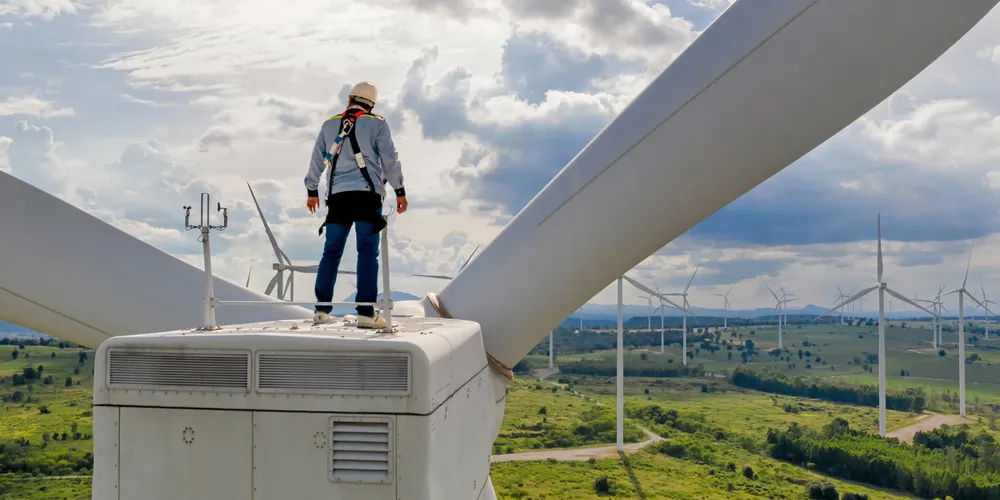US wind power badly needs workers but job seekers can't get hired
Department of Energy report highlights potential pathways through sector's labour shortage bottlenecks

DoE's National Renewable Energy Laboratory (NREL) forecasted onshore and offshore wind labour requirements are set to boom, reaching 258,000 by 2030. The pool of sector workers looks set to only grow to 134,000, leading to a gap of 124,000 in less than a decade.
Despite the industry's urgent and growing need, the report found that prospective workers say they cannot find wind energy jobs, have had little exposure to the sector, and struggle to identify a career path within it.
“Our fast-growing clean energy economy is creating more jobs across America, and demand for wind energy workers is on the rise,” said Jeff Marootian, Principal Deputy Assistant Secretary for Energy Efficiency and Renewable Energy.
“With these strategies to expand career paths and opportunities, we can start bridging gaps now to ensure we will have a robust and talented future wind energy workforce.”
Among key findings, NREL said some 60% of students had had no exposure to the wind industry, while virtually the same proportion of sector firms – 59% – reported no collaboration with educational or training institutes to find prospective apprentices, interns, or new employees.
“To close this gap, industry and educational and training institutions could align on where students should be instructed to look for job postings,” NREL said in its report.
The report included recommendations for the industry to forge pathways that overcome these hurdles.
One initiative is the DoE-sponsored a Collegiate Wind Competition in which teams of university students compete in designing and testing their own turbines, preparing a site plan and financial analysis for a wind farm, and conducting community outreach.
Students who participated are more than twice as likely as those who didn’t to work in the sector after graduation, NREL said.
The laboratory found that the main hurdle hopeful wind workers had to finding sector jobs was difficulty in getting training, which could be overcome by establishing “effective internship and apprenticeship programs and pipelines”, NREL said.
Most wind energy firms also didn't have hiring initiatives or programmes for workers from historically underrepresented populations.
NREL said that building partnerships between wind energy industry firms, community-based organisations, and educational and training institutions “focused on diversity, equity, inclusion, can help make wind energy careers more accessible to a broader and more diverse workforce”.
(Copyright)